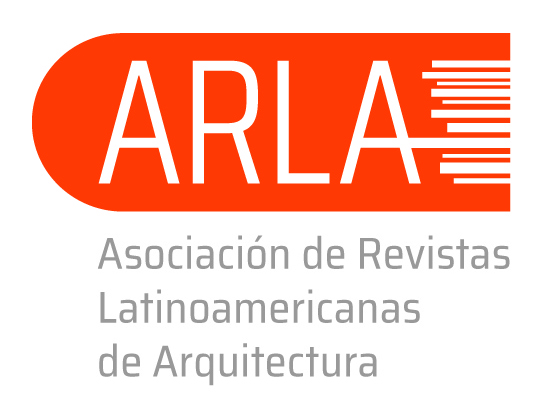Um espelho às avessas
A Rua da Uruguayana nas reformas urbanas do prefeito Pereira Passos no Centro do Rio de Janeiro (1902-1906).
DOI:
https://doi.org/10.14409/ar.v1i4.4422Keywords:
discourse; urbanism; architecture; modernization; urban experienceAbstract
The administration of Mayor Pereira Passos at the Federal District (1902–1906) was marked by the implementation of major urban reforms, which came mainly in the central area of the city of Rio de Janeiro. The works have been justified through a discourse that contrasted sharply two images: on one hand, the old colonial city with narrow streets and unhealthy houses without art. And on the other hand, the new city which was being produced, with its wide avenues for the circulation of air and traffic, lined with beautiful and healthy buildings. In Uruguayana Street, included in the Improvement Plan for the City, the relationship between new and old architecture took place acutely, since the odd numbers side of the street was completely demolished, while the even numbers side kept the old buildings. However, beyond the discourses that justified the the Plan, this game of mirrors between old and new shows, more than a direct antagonism, a web of complex relationships, where old and new marveled at each other.
Published
How to Cite
Issue
Section
License
ACCESO ABIERTO
ARQUISUR Revista es una publicación de acceso abierto y sin ánimo de lucro. No se imputan cargos por la recepción, revisión, evaluación, publicación ni acceso a sus contenidos. Se distribuye bajo una Licencia Creative Commons CC Atribución-NoComercial-SinDerivadas 4.0 Internacional (CC BY-NC-ND 4.0): No se permite un uso comercial de la obra original ni la generación de obras derivadas. Esta licencia no es una licencia libre, y es la más cercana al derecho de autor tradicional.
DESCARGO
Los criterios expuestos en los artículos son de exclusiva responsabilidad de sus autores y no reflejan necesariamente la opinión del Comité Editorial ni de la Dirección Editorial Técnica. Los derechos de los artículos publicados pertenecen a sus autores o editoriales. Los autores ceden sus derechos de publicación al Centro de Ediciones de la Universidad Nacional del Litoral de Santa Fe, Argentina.














